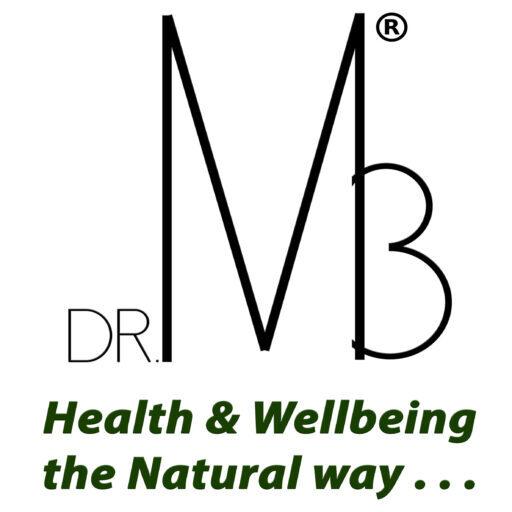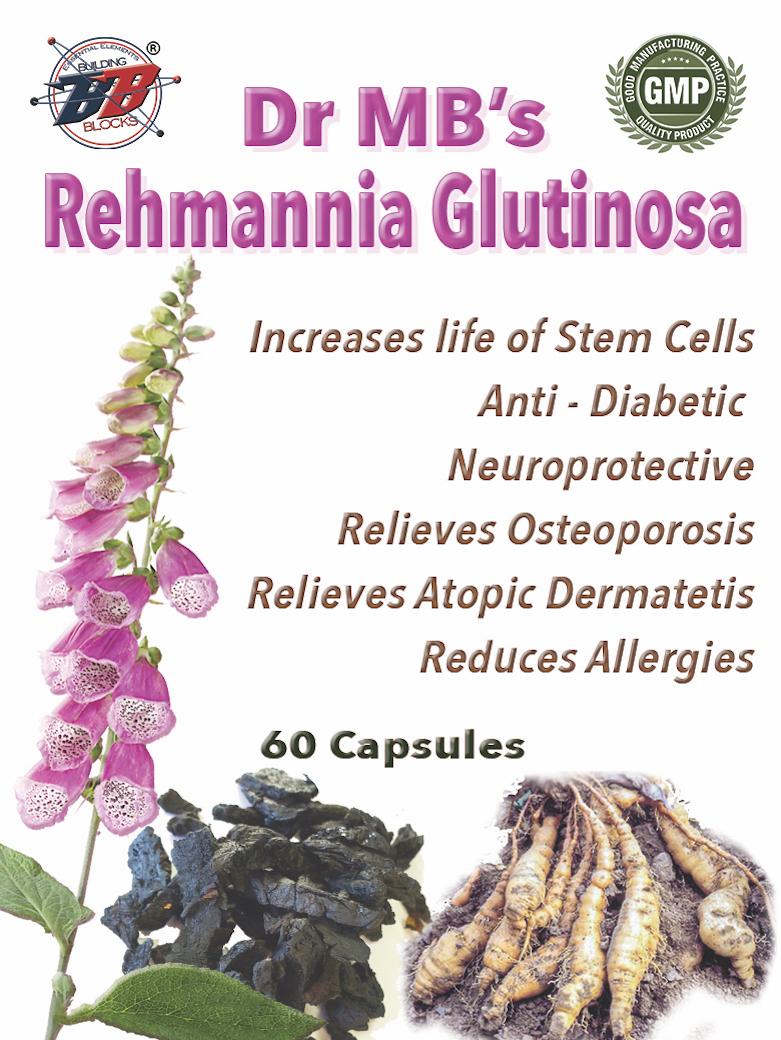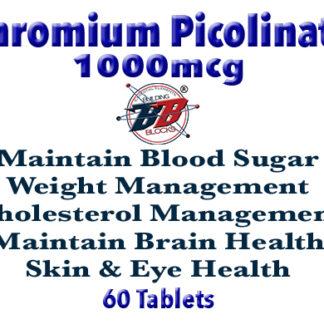Description
Dr MB’s Rehmannia Glutinosa
This is a 500mg capsule of the purest Rehmannia Glutinosa plant.
Rehmannia, one of the top 50 fundamental herbs, is frequently chosen for natural treatment of health concerns. It is commonly utilized to address conditions associated with yin deficiency.
In both Traditional Chinese Medicine and Japanese Medicine, achieving optimal health involves maintaining a harmonious balance between yin and yang energies in the body.
Specifically, rehmannia is employed to treat various conditions such as anemia, diabetes, fever, osteoporosis, and allergies.
What is rehmannia?
Rehmannia is a type of flowering perennial plant that belongs to the Orobanchaceae family and encompasses six species: Rehmannia chingii, Rehmannia elata, Rehmannia glutinosa, Rehmannia henryi, Rehmannia piasezkii, and Rehmannia solanifolia. Among these, Rehmannia glutinosa is the most commonly used variety in traditional medicine.
The plant produces leaves that are primarily found at ground level, while its flowers can vary in color, ranging from yellow to burgundy. Medicinal preparations are made using both the rehmannia root and the above-ground parts of the plant.
The positive effects of rehmannia on health can be attributed to its chemical components. These components are believed to assist in lowering blood sugar levels, reducing pain, alleviating swelling, and positively influencing the immune system.
Extensive research has identified at least 12 chemical substances extracted from the root of the rehmannia plant. These substances include tyrosol, acteoside, leucosceptoside A, martynoside, isomartynoside, purpureaside C, jionoside A1, and jionoside B1.
Additionally, there are six chemical components found in the above-ground or aerial parts, such as aeginetic acid, corchorifattty acid B, and pinellic acid.
Potential Rehmannia Benefits & Uses
1. Anti-Diabetes
A study published in 2018 took a look at the potential blood sugar lowering effects of Catalpol, which is a natural product isolated from the root of Rehmannia glutinosa.
2. Neuroprotective
Catalpol, an an iridoid glucoside isolated from the root of Rehmannia glutinosa, is known to have a positive effect on neurodegeneration, which plays a major role in chronic health concerns like dementia and Alzheimer’s disease. Neurodegenerative disorders like these are marked by a loss of neurons within the brain and/or spinal cord.
A 2013 study published in the British Journal of Pharmacology pinpoints catalpol’s neuroprotective activities, which include its helpful affects on calcium concentration, protein expression and signaling pathways in the brain, which all add up to a reduced loss of neurons.
3. Possible Osteoporosis Helper
In TCM, rehmannia’s anti-osteoporotic effects are said to be the result of the herb’s ability to regulate kidney and liver function while boosting blood circulation. A scientific review published in 2017 includes the traditional Chinese medicinal uses, phytochemistry, pharmacokinetics and pharmacology of rehmannia in relation to osteoporosis, a disease that causes decreased density and quality of the bones. For this recent scientific review, over 300 research papers and reviews were analyzed.
The review found 107 clinical trials that used rehmannia along with additional herbs to treat post-menopausal, senile and secondary osteoporosis. According to the review, “Most of the clinical trials are characterized by high efficacy and no obvious adverse effects.
4. Helps keep Stem Cells from dying.
The present study indicates that Rehmannia may increase the viability and proliferative capacity and alleviate H(2)O(2)-induced apoptosis of human Stem Cells (ADMSCs) via the paracrine release of VEGF and HGF. These results indicate that Rehmannia application will enhance stem cell viability and improve their effects even in cell therapy.
5. Atopic Dermatitis Aid
Rehmannia is sometimes used to treat allergy-related problems. A study evaluated the effects of the herb on atopic dermatitis, an itchy inflammation of the skin. This skin condition can often be caused by an allergic reaction.
Final Thoughts About Rehmannia
- Rehmannia is a flowering plant that comes in six varieties. Rehmannia glutinosa is most often used for health purposes.
- Both rehmannia root and above ground parts are used to create medicine.
- The herb is commonly used in TCM, Japanese medicine and Korean medicine.
- Rehmannia in combination with other herbs, point towards possible benefits for diabetes, obesity, neurodegenerative diseases, bone diseases like osteoporosis, and allergy-induced atopic dermatitis.





